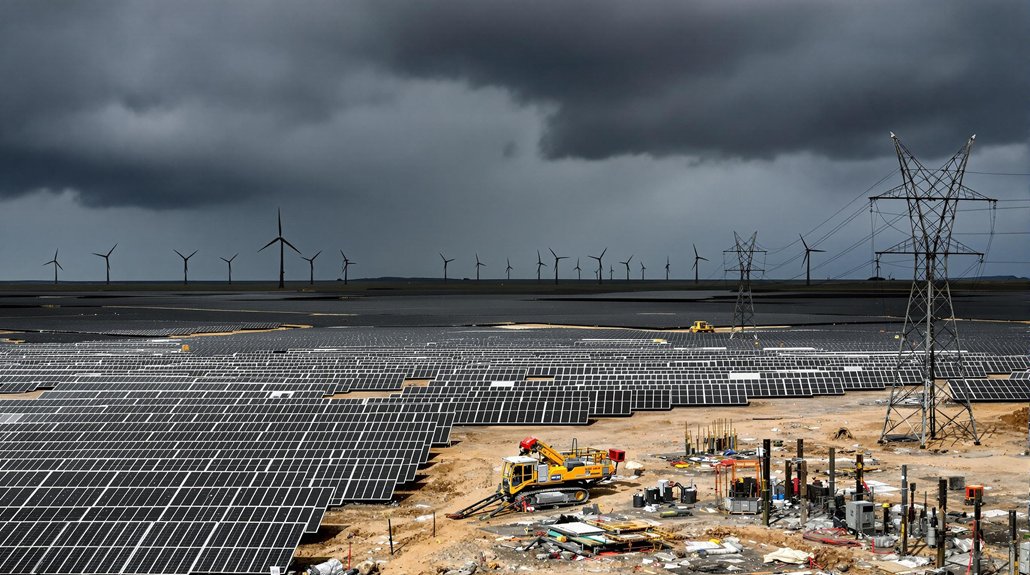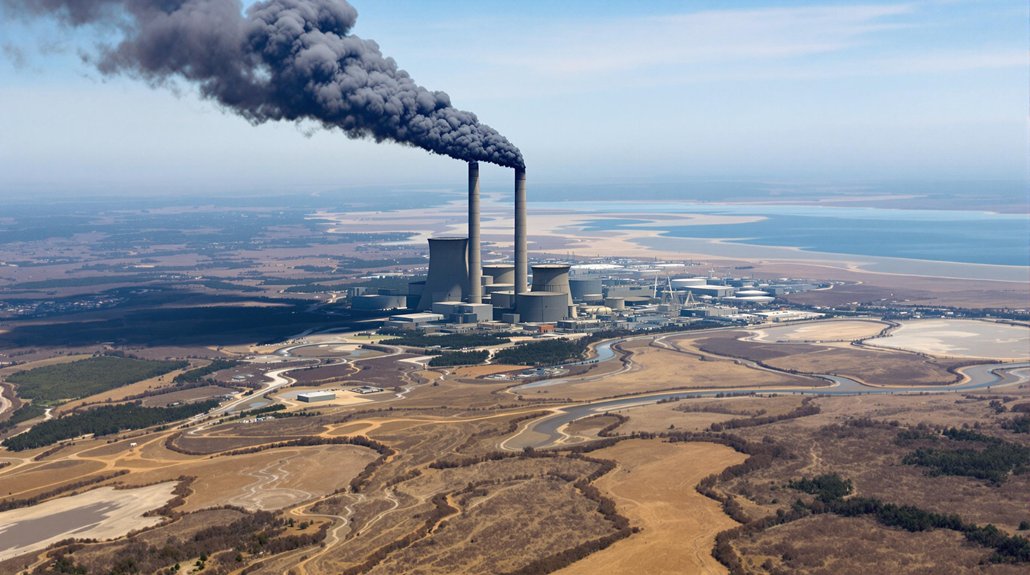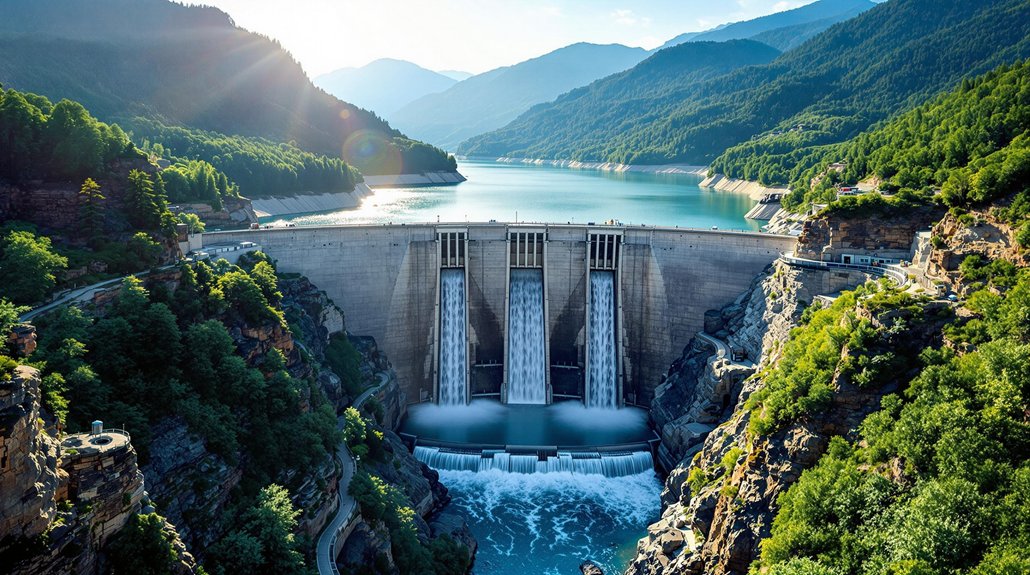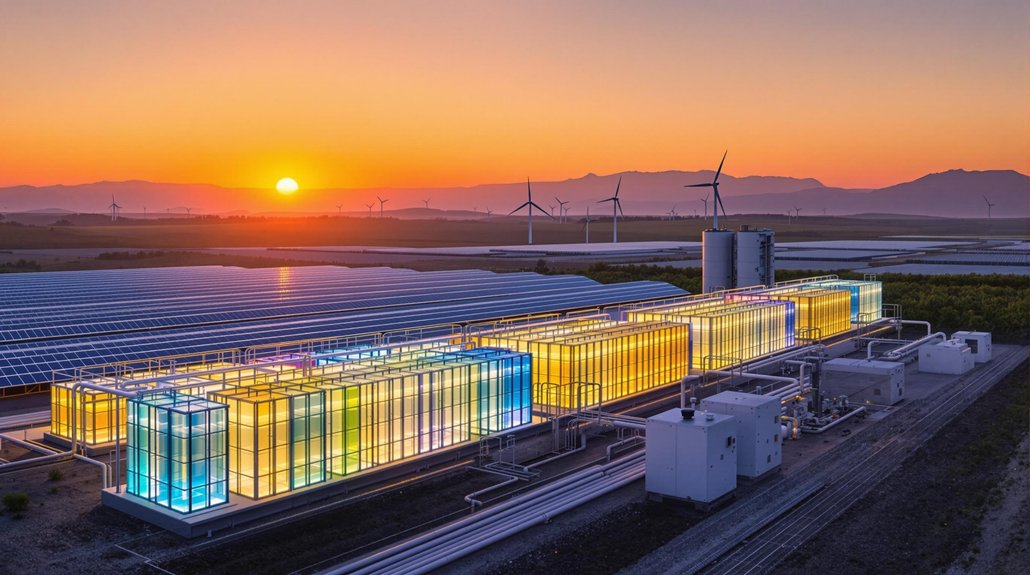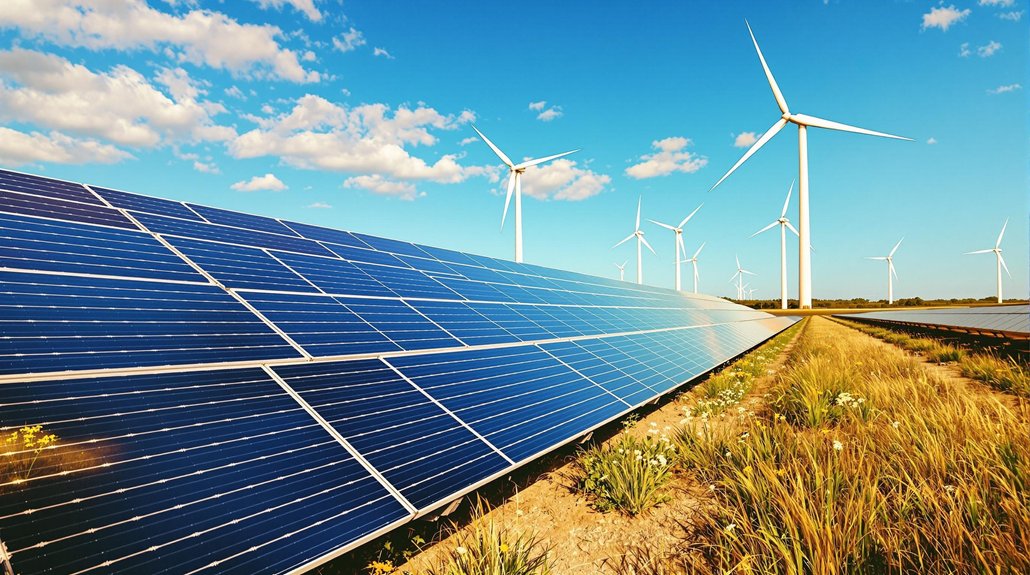Renewable energy sources face several significant challenges. High initial costs make installation expensive for families and businesses. Weather dependency creates reliability issues, as solar panels don’t work at night and wind turbines need consistent breezes. Geographic limitations restrict where facilities can be built effectively. Energy storage remains costly and technologically limited. Supply chain concerns exist due to reliance on rare earth materials, while efficiency rates hover around 15-22% for solar technology. These obstacles continue to slow widespread adoption.
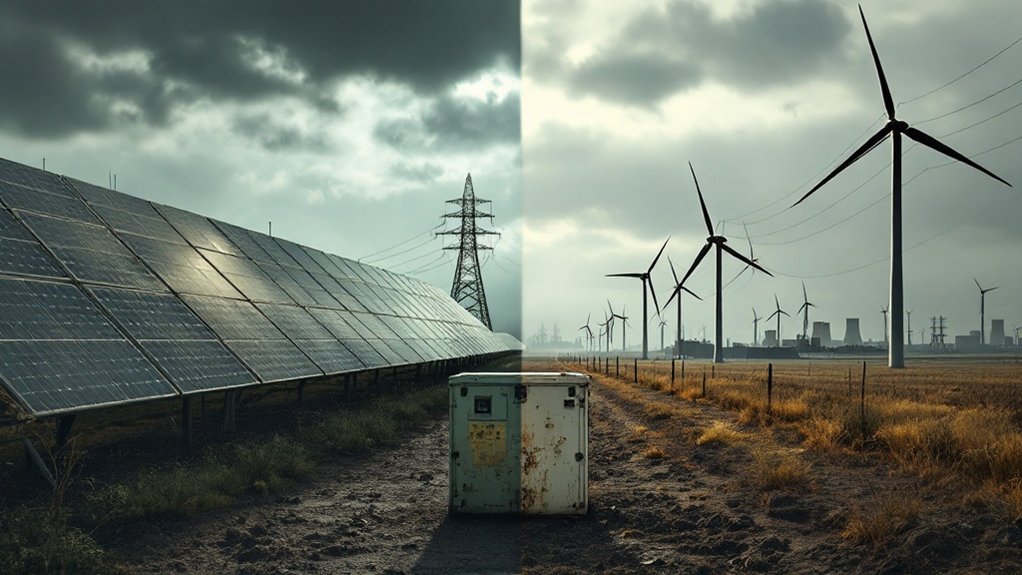
While renewable energy offers many benefits for the environment, it also comes with several significant challenges. One of the biggest hurdles is the high initial cost of equipment and installation. Solar panels, wind turbines, and other renewable technologies require large upfront investments. Many families can’t afford these expenses, and businesses often face long payback periods that make renewable energy less attractive financially.
The reliability of renewable energy presents another major concern. Unlike traditional power plants that can produce electricity on demand, renewable sources depend heavily on weather conditions. Solar panels don’t generate power at night or during cloudy days. Wind turbines don’t spin when the air is still. This inconsistency means most renewable systems need backup power sources or energy storage solutions.
Not all locations are suitable for renewable energy production. Solar farms need sunny areas, while wind farms require steady winds. Hydropower depends on flowing water. These geographic limitations restrict where renewable energy facilities can be built effectively. Some ideal locations are far from population centers, creating additional costs for transmission infrastructure.
Energy storage remains a significant challenge. Today’s batteries are expensive and have limited capacity. They also pose environmental concerns when it comes time for disposal. Despite accounting for 30% of electricity generation globally, renewables struggle to provide consistent power without improved storage solutions. Many experts agree that better storage technology is needed before renewables can fully replace conventional power sources.
The current power grid wasn’t designed for renewable energy. It struggles to handle the variable input from wind and solar sources. Upgrading to a “smart grid” requires massive investment and faces regulatory hurdles in many regions.
Supply chain issues further complicate renewable energy adoption. Many technologies rely on rare earth materials with limited global supplies. Solar panels in particular may contain hazardous materials that create disposal challenges at the end of their lifecycle. Competition for these resources creates geopolitical tensions and ethical concerns about mining practices.
Despite ongoing improvements, renewable technologies still face efficiency limitations. Most solar panels convert only 15-22% of sunlight into electricity. This efficiency is significantly lower than traditional energy methods like coal and natural gas. These technological constraints, combined with maintenance requirements, continue to challenge the renewable energy sector.
Frequently Asked Questions
How Quickly Can Renewable Energy Reach Global Adoption?
Renewable energy adoption is accelerating globally, with projections showing it could reach 38% of global power by 2027.
Current growth rates are promising, with record 300 GW added in 2022.
However, experts say full adoption faces challenges. To meet climate goals, annual additions must triple to 1,066 GW by 2050.
Government policies, falling costs, and energy security concerns continue driving the shift forward.
Which Renewable Energy Source Has the Best Future Potential?
Analysts can’t identify a single “best” renewable energy source for the future.
Solar energy’s falling costs and versatility make it promising for widespread adoption. Wind power continues to expand, especially offshore.
Green hydrogen could transform industrial sectors by 2050. Advanced nuclear technologies offer reliable baseload power with improved safety.
Each source has unique advantages, suggesting a diverse energy mix will likely power our future rather than one dominant source.
Do Renewable Investments Yield Good Financial Returns for Individuals?
Renewable investments have shown favorable returns for individual investors. Data shows these investments deliver 8.5-10% annual returns on average.
Options include green bonds, mutual funds, ETFs, and stocks in renewable companies. The sector has grown substantially, with clean energy investments reaching $1.7 trillion in 2023.
Returns often depend on government incentives, geographic factors, and investors’ time horizons. The market continues expanding as technology costs decline.
How Do Renewable Energy Jobs Compare to Fossil Fuel Careers?
Renewable energy jobs are growing faster than fossil fuel positions worldwide.
They typically offer 25% higher wages than the national median and comparable salaries to fossil fuel jobs.
About half of fossil fuel workers have skills that transfer to clean energy sectors.
While job locations don’t always match, clean energy growth is happening in all 50 states.
The solar industry is expanding fastest, representing one-third of renewable jobs.
What Breakthrough Technologies Might Solve Current Renewable Energy Limitations?
Several breakthrough technologies promise to solve renewable energy limitations.
Solid-state batteries could provide 2-3 times more energy storage than current options.
AI-powered smart grids help manage intermittent power generation.
Perovskite-silicon solar cells reach 33.7% efficiency, capturing more sunlight.
Floating offshore wind platforms expand installation locations.
Hydrogen fuel cells enable seasonal energy storage.
These innovations address key challenges like storage capacity, efficiency, and land use constraints.
